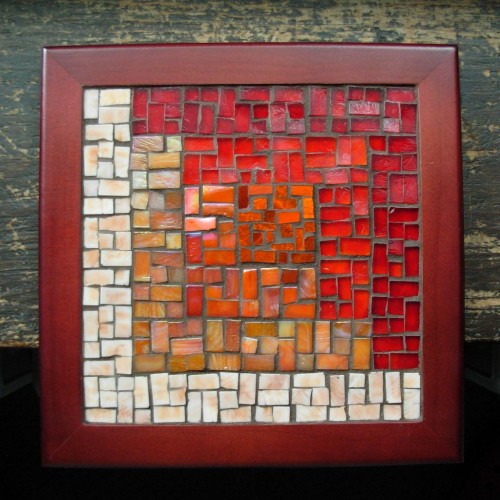

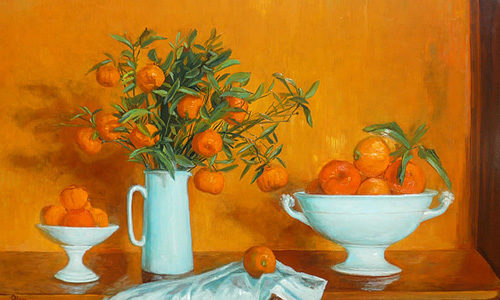
Margaret Olley caught my attention with her orange tones which occurred again and again in her still life paintings. Orange walls, orange objects, oranges. To my delight I discovered she had an orange dining room, and often painted there, as well as a yellow living room and a green kitchen.
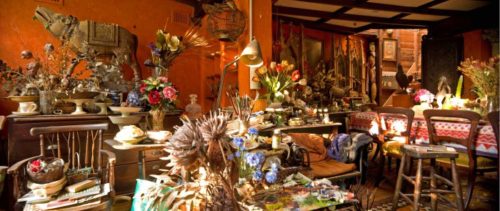

Margaret Olley(1923-2011) is another artist I discovered because I was searching for Margarets. In Australia, she is well known. I had not heard of her, and it reminds me of when I left Canada, and all the artists, writers and musicians who were invisible in the United States.
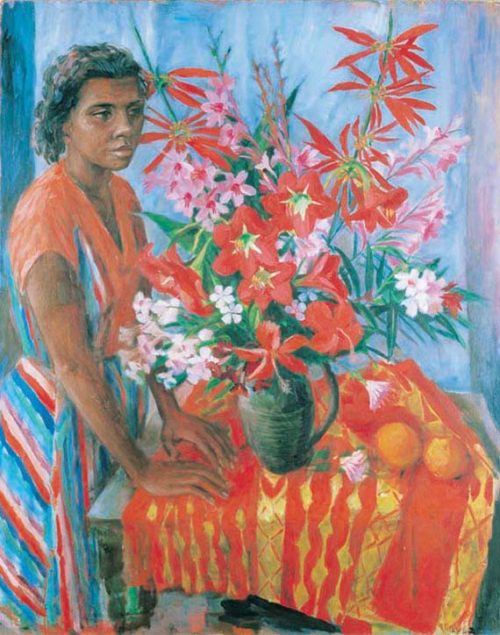
As one article title summed her up, Margaret Olley, last of the Bohemians, she lived in an old hat factory, with colorful walls, and a sculptural array of objects on every surface. Her house was her “lifelong installation,” and a source of creativity and subjects for her jewel toned still life paintings. In fact, she donated 1 million dollars to create The Margaret Olley Art Centre, where her rooms are recreated piece by piece. Margaret Olley’s life was a mixture of being an art student, designing theatrical costumes, and an unerring sense of what Sydney properties she could buy and transform(but no beige paint) and sell at a profit. She was frugal, didn’t own a car, didn’t marry or have children, and donated 130 artworks to the Art Gallery of NSW including Degas, Picasso and Cezanne.
Her story made me think of Albert Barnes, well known in the Philadelphia area for his Impressionist and Modernist art collection, arranged in a specific order in a mansion he had built to house the work, and from which he never wanted it parted. After his death, through much legal wrangling, the collection was moved to a brand new building the Ben Franklin Parkway, although still arranged in Barnes order.
Olley remained herself through and through, independent and eccentric. Still life and interiors were often dismissed by art critics, but Olley persisted in what she wanted to paint. She had no children and evades the United States narrative of “feisty grandmother.” She mentored many Australian artists, and left a legacy of philanthropy.

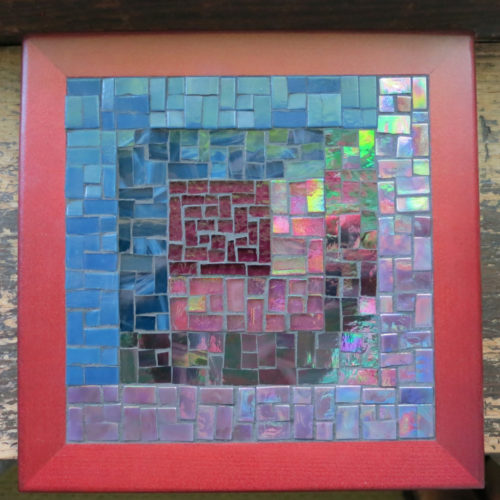
This is the second of a trio of Asymmetric Log Cabin Quilt Block Trivets. The first two were wedding gifts from a sister to siblings, and the last was turnabout Gifting the Gifter from one of the recipients. Shades of eggplant purple and navy blue were some of the most challenging to find. These colors tend to either look black or have too much pastel tint. Some colors are elusive.
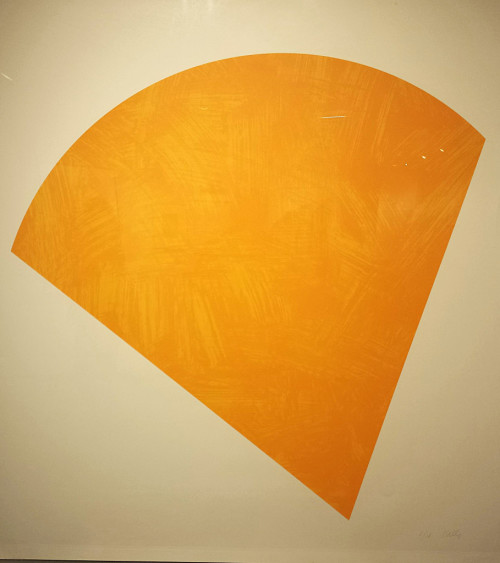
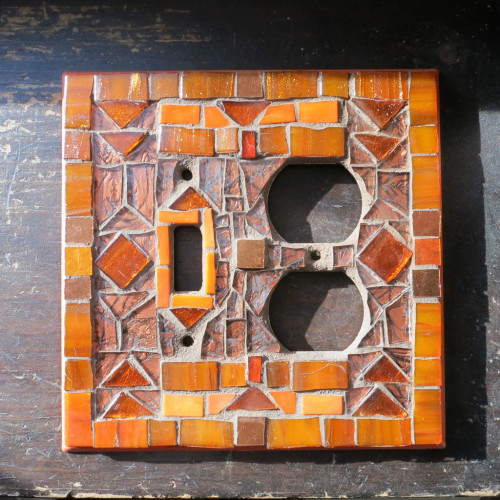
A switch plate to be set into a newly painted orange kitchen backsplash was a commission made for my orange-loving heart and suited to the geometrics of Art Deco. Switch plates and their kin, outlet covers, and the various combinations they come in make for numerous configurations. Each type has its own character. This one had a single toggle, or single-gang switch, combined with a double outlet for plugs. Of course it was different than the others I’ve made!
Switchplate as Mosaic Tapestry with Millefiori(single toggle)
Art Deco Inspired Switchplate(double toggle)
Add another combination to the repertoire and send me an email if you are searching for your own light switch or outlet cover.
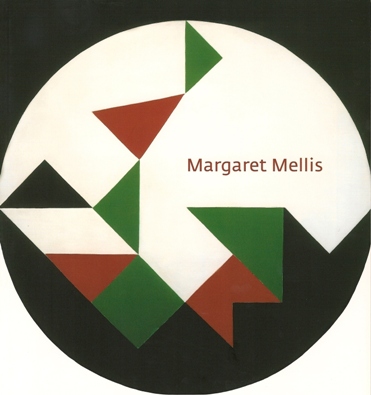
Margaret Mellis(1914-2009) is a kindred spirit of scraps and color. Her work begins with painting, and moves into sculpture and driftwood collage, the latter which she began in her 60’s. She describes her concern:
‘I wanted the colours to find the kind of strength which would simultaneously let them work at full strength and integrate with themselves and the shapes of the structure.’ (National Galleries Scotland)
Mellis eventually was acknowledged as at the beginnings of British Modernism and she had a Circle of artist friends at Cornwall. I remember taking a class as an undergraduate at Hampshire College called, “Mary Shelley and Her Circle” and being taken with the idea of the constellation of friends all being part of the story.
The driftwood constructions reminded me of the Laura Petrovich-Cheney exhibit I saw at the Michener in November 2015, of sculptures in wood from Superstorm Sandy. Ian Collins describes Mellis’ materials as “combining beachcombed finds of vividly coloured bits of boats and beach-huts, kippering boards and medieval timbers gouged by deathwatch beetles into honeycomb.”
The Transformed Total: Margaret Mellis’s Constructions
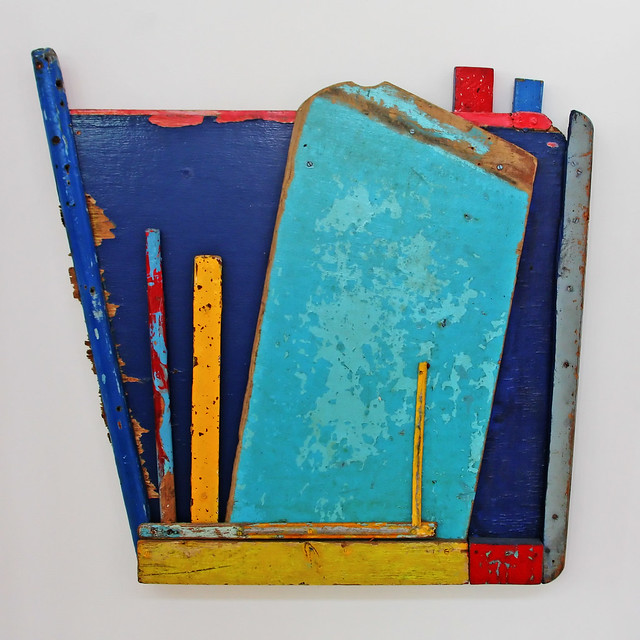
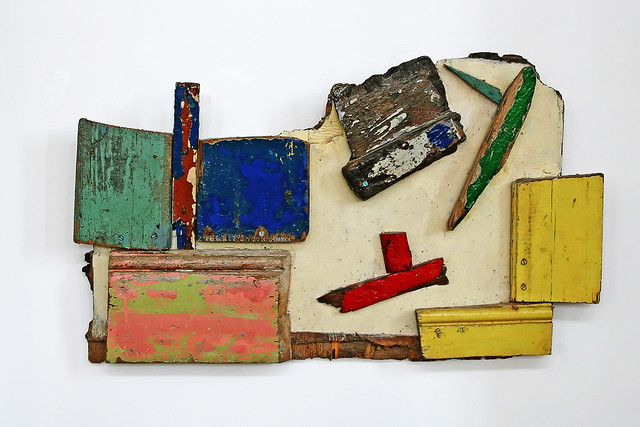
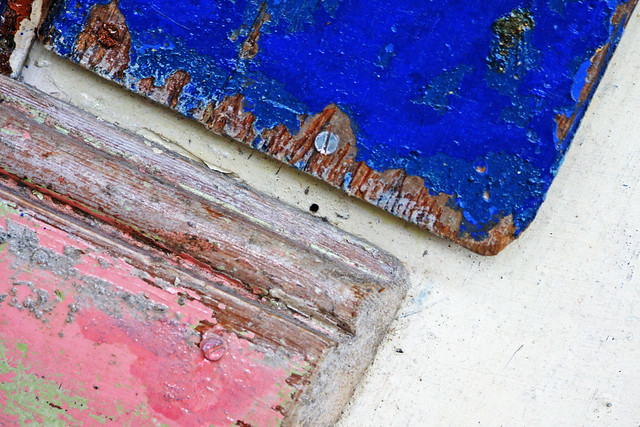
An excerpt from Margaret Mellis: A Life in Colour
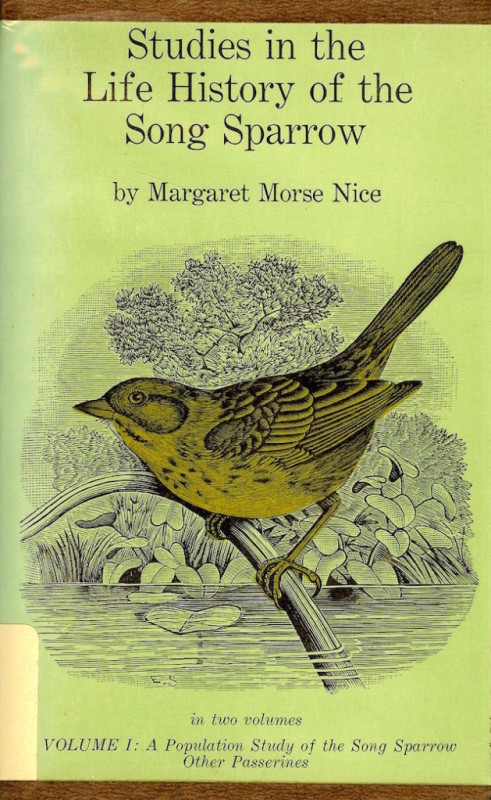
Margaret Morse Nice(1883-1974) caught my eye because of her bird passion. My only experience as a girl in birdwatching was one week at summer camp where a counselor took us walking to look for Red-Winged Blackbirds. That someone would be looking for birds in regular life was a surprise to me. Margaret Morse Nice received a copy of Mabel Osgood Wright’s Birdcraft field guide as a present for her 13th birthday, and she started writing down her observations of birds around her.
I discovered that Nice grew up in Amherst, MA, where I lived when I went to Hampshire College. Nice was born just 3 years before Emily Dickinson died. She went to Mt. Holyoke College, which gave her a reprieve from her parent’s emphasis on getting married and housekeeping. She graduated and returned to the stultifying role of “daughter-at-home,” rather than the world of learning and discovery. The thread of her desire to learn persists through enrolling at Clark University graduate school in 1907, and researching Bobwhites, marrying a fellow graduate student, moving with him for his academic appointments in Norman OK, Columbus, OH and Chicago, IL, raising 5 daughters, and studying her girls’ language and behavior at the same time she observed the most common of birds in her own backyard like the Song Sparrow.
The librarian in me is fascinated by the title of her autobiography: Research Is a Passion With Me: The Autobiography of a Bird Lover. She studied birds in their environment rather than collecting them, and took their life histories. In my own researching this post, I came across an article, with double Margarets! The authors describe the absence of women’s experience in comparative psychology, and write about these two Margarets who were both accomplished, one unmarried and teaching at Vassar, and Nice, who married, had children, and published papers, books and reviews, without formal academic appointment. The article describes Nice’s frustration with the implication that her children and husband had brains, and she had none ~ “He taught, they studied. I did housework.” To be passionate, observant, engaged in the natural world and meet her subjects on their own terms was ultimately influential in the world of ornithology, is a life history that moves me.
Placing women in the history of comparative psychology: Margaret Floy Washburn and Margaret Morse Nice. by Furumoto, L., & Scarborough, E. (1987). In E. Tobach (Ed.), Historical perspectives and the international status of comparative psychology (pp. 103-117). Hillsdale, NJ: Erlbaum.
In Memoriam: Margaret Morse Nice by Milton B. Trautman
Margaret Morse Nice Made History at her Columbus Patch, Interpont.
Stratoz was a birdwatcher when I met him, and now has a veritable bird sanctuary in his studio, as he creates Ravens, Nuthatchs, and Great Blue Herons in glass.

If you have traveled in Britain, you have been surrounded by the work of designer and typographer Margaret Calvert(1936-). While studying illustration at Chelsea School of Art, she had to the opportunity to be the assistant to Jock Kinneir in designing signs for the new motorway, and this turned into designing for all of Britain’s roadways and they became Kinneir, Calvert and Associates, and took on the railways and many other projects. Take a few minutes to watch the video President’s Lecture: Margaret Calvert, where she describes her feeling for the letters, the white space as important as the text itself, and her sense of play in drawing and drafting.
Her self portrait is just perfect. She found a Men at Work sign from her design in the street, and took it home and turned it into herself: Woman at Work. She describes how the signs are about the people who use them: how will this look to someone driving 70 mph? Can it be read at that speed? Calvert and Kinneir met with controversy at first because they used capitals with lowercase letters instead of the traditional all capitals.
Typography is near to my heart because of the house numbers I create along with my husband at Nutmeg Designs. Flowing around number forms gives me an intimate sense of each digit. I didn’t expect to find this so rewarding. We want our house numbers to be beautiful and visible. I remember when my husband saw a hapless pizza delivery guy on the sidewalk looking for a house. He pointed to our neighbor’s house, with the number we had created, and said “I can read that number,” and wished that all were that easy to make out.

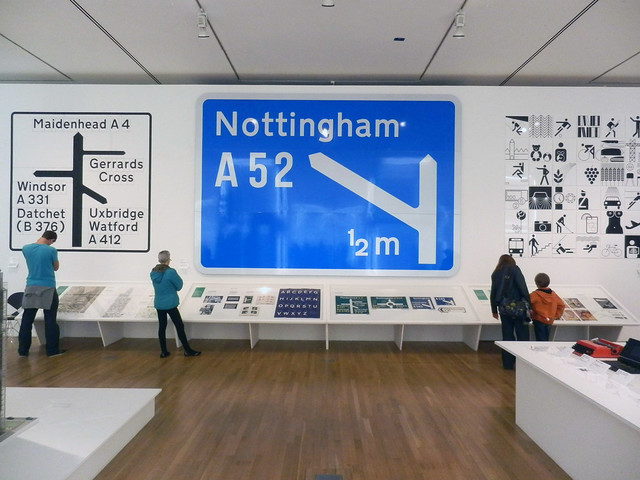
Margaret Calvert: Icon of the Year 2013
Way to Go: The Woman who Invented Britains Road Signs
I have a fondness in my heart for creativity that bursts out in more than one way. Margaret Fabrizio came to my attention by her quilts, but she is also a well known harpsichord player who played with the Grateful Dead, and had one of her collages on one of their album covers. I also dig curiosity, and she followed her curiosity when she first saw a kawandi quilt exhibition, Soulful Stitching, at the Museum of the African Diaspora in San Francisco. Kawandi are created by the African Siddi women of Karnataka, India, and Margaret Fabrizio traveled to India in 2012 in order to learn more, and has a series of Kawandi videos on YouTube from her visit and the process of learning.
The Siddi’s are descendants of enslaved Africans brought by the Portuguese to Goa on the West Coast of India between the 16th-19th Century, and who eventually escaped to their own diaspora communities in the mountains of Northern Karnataka. Siddi women collect worn out clothing and when they have enough for a quilt, buy a cotton sari and use it as the backing for the patchwork that they sew with a continuous running stitch. The corners are finished with Phulas, meaning flowers, a multi-layered triangle. It reminds me of those old fashioned photo corners for affixing snapshots to albums, and also half of a Log Cabin quilt block.
Found at An Event with Margaret Fabrizio: An Adventurous Life at the San Jose Museum of Quilts and Textiles.
Kawandi Adventures: Quilts by Margaret Fabrizio
Siddi Patchwork Quilts, Hand/Eye